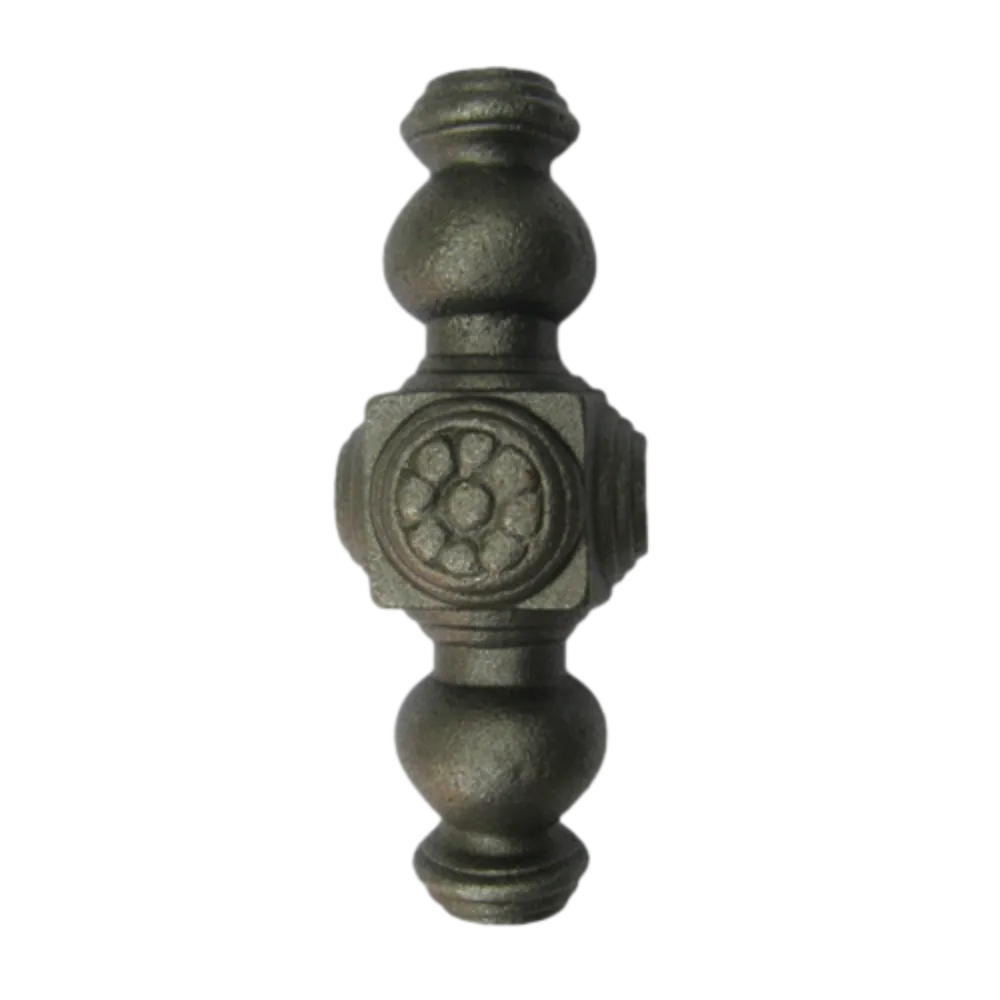wrought iron work
The Art and Craft of Wrought Iron Work
Wrought iron work has long been celebrated as a timeless form of artistic expression, combining functionality with elaborate design. This unique material, characterized by its malleability and durability, has been an integral element in architecture, decorative arts, and furniture making for centuries. To understand wrought iron work, it is necessary to delve into its history, properties, and the intricate processes involved in its creation.
A Brief History
Wrought iron, known for its distinctive fibrous appearance and resistance to rust, has been utilized by humans since ancient times. Dating back to the Roman Empire, artisans began to recognize its potential, crafting tools, weapons, and structural components. During the Middle Ages, wrought iron gained popularity across Europe, particularly in the production of gates, railings, and household items. The Industrial Revolution saw a surge in wrought iron production, enabling craftsmen to create more intricate designs due to advancements in tools and technology.
Properties of Wrought Iron
The defining characteristic of wrought iron is its low carbon content, typically around 0.08% to 0.3%. This composition allows it to be worked with hammers and heat without breaking, unlike cast iron, which is more brittle. The unique texture of wrought iron, with its fibrous finish, not only adds to its aesthetic appeal but also enhances its strength and resistance to wear. Unlike other metals, wrought iron develops a protective patina over time, further improving its durability.
The Crafting Process
Creating wrought ironwork is an art form, comprising several meticulous steps. The process generally begins with heating iron ingots in a forge until they become malleable. Craftsmen, known as blacksmiths, then shape the iron using hammers and anvils to achieve the desired form. Traditional techniques involve welding pieces together by heating them and then hammering them into place, creating tight, sturdy joints.
wrought iron work

One of the most beautiful aspects of wrought iron work is the intricate designs that can be achieved
. Skilled artisans can create elaborate scrolls, geometric patterns, and figures that add a unique touch to different applications. Whether it’s a wrought iron gate that welcomes visitors to a grand estate or delicate balcony railings that enhance the charm of a home, the artistry involved requires both creativity and technical skill.Applications of Wrought Iron
The applications of wrought iron are extensive, with its versatility making it suitable for both functional and decorative uses. In architecture, wrought iron is often used for fences, gates, and railings due to its strength and longevity. Decorative elements such as light fixtures, furniture, and indoor railings also benefit from its aesthetic quality, providing an elegant touch to any space.
Beyond architecture, wrought iron is used in art installations and sculptures, where artisans can express their creativity through more abstract forms. The interplay of light and shadow created by the intricate designs offers depth and intrigue, capturing the viewer's attention.
Modern Revival
In recent years, there has been a resurgence in the appreciation of wrought iron work. As society moves towards more sustainable practices, handcrafted items are gaining popularity due to their longevity and unique character. Consumers increasingly seek out artisanal creations that tell a story and add a personal touch to their homes. As a result, many modern blacksmiths are blending traditional techniques with contemporary design sensibilities, creating pieces that honor the past while appealing to modern tastes.
Conclusion
Wrought iron work is a captivating blend of art and craftsmanship that has stood the test of time. Its rich history, exceptional properties, and the skilled artistry involved in its creation make it a valuable form of expression. As we move forward in an age characterized by mass production, the unique and timeless qualities of wrought iron serve as a reminder of the beauty found in handcrafted work and the enduring legacy of skilled artisans. Whether in architecture or decorative arts, wrought iron continues to inspire admiration and appreciation, securing its place in both history and modern design.
-
Wrought Iron Components: Timeless Elegance and Structural StrengthNewsJul.28,2025
-
Window Hardware Essentials: Rollers, Handles, and Locking SolutionsNewsJul.28,2025
-
Small Agricultural Processing Machines: Corn Threshers, Cassava Chippers, Grain Peelers & Chaff CuttersNewsJul.28,2025
-
Sliding Rollers: Smooth, Silent, and Built to LastNewsJul.28,2025
-
Cast Iron Stoves: Timeless Heating with Modern EfficiencyNewsJul.28,2025
-
Cast Iron Pipe and Fitting: Durable, Fire-Resistant Solutions for Plumbing and DrainageNewsJul.28,2025
-
 Wrought Iron Components: Timeless Elegance and Structural StrengthJul-28-2025Wrought Iron Components: Timeless Elegance and Structural Strength
Wrought Iron Components: Timeless Elegance and Structural StrengthJul-28-2025Wrought Iron Components: Timeless Elegance and Structural Strength -
 Window Hardware Essentials: Rollers, Handles, and Locking SolutionsJul-28-2025Window Hardware Essentials: Rollers, Handles, and Locking Solutions
Window Hardware Essentials: Rollers, Handles, and Locking SolutionsJul-28-2025Window Hardware Essentials: Rollers, Handles, and Locking Solutions -
 Small Agricultural Processing Machines: Corn Threshers, Cassava Chippers, Grain Peelers & Chaff CuttersJul-28-2025Small Agricultural Processing Machines: Corn Threshers, Cassava Chippers, Grain Peelers & Chaff Cutters
Small Agricultural Processing Machines: Corn Threshers, Cassava Chippers, Grain Peelers & Chaff CuttersJul-28-2025Small Agricultural Processing Machines: Corn Threshers, Cassava Chippers, Grain Peelers & Chaff Cutters












